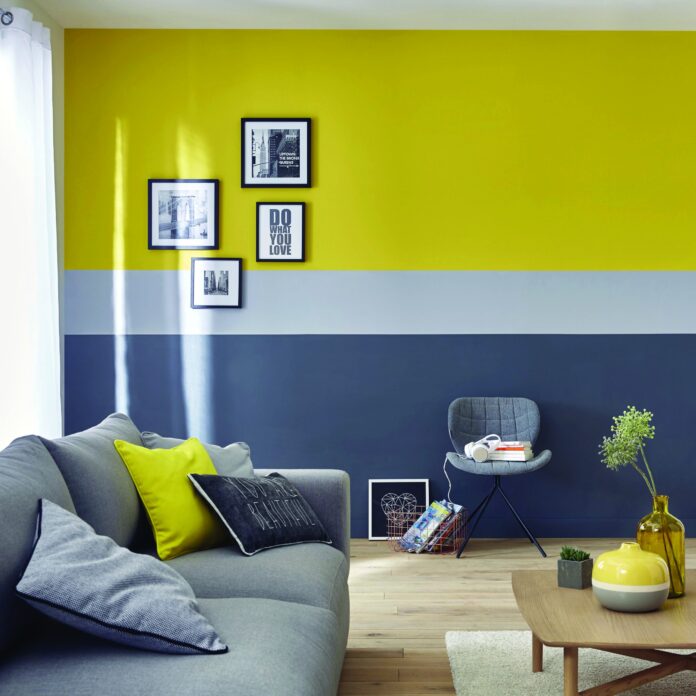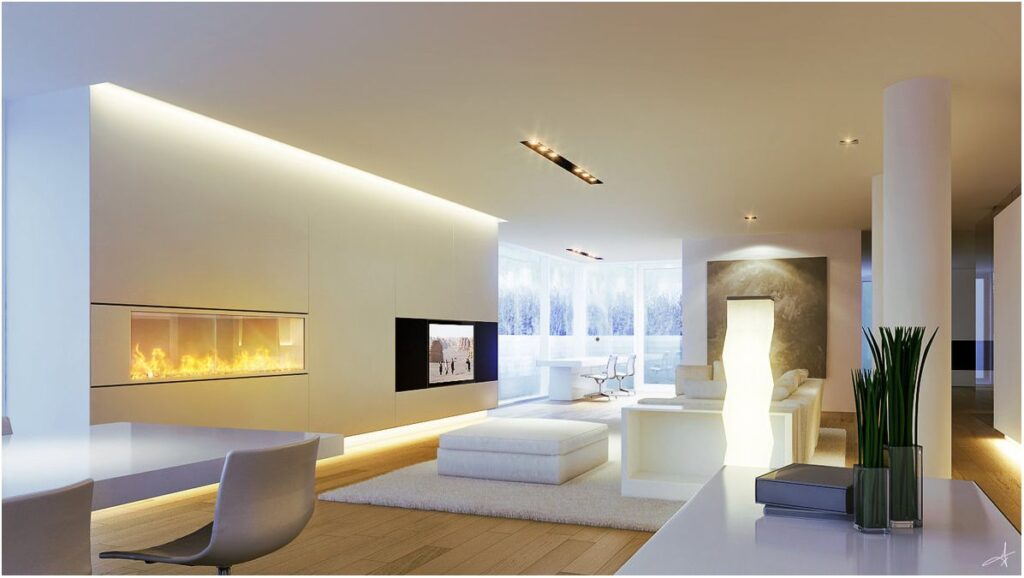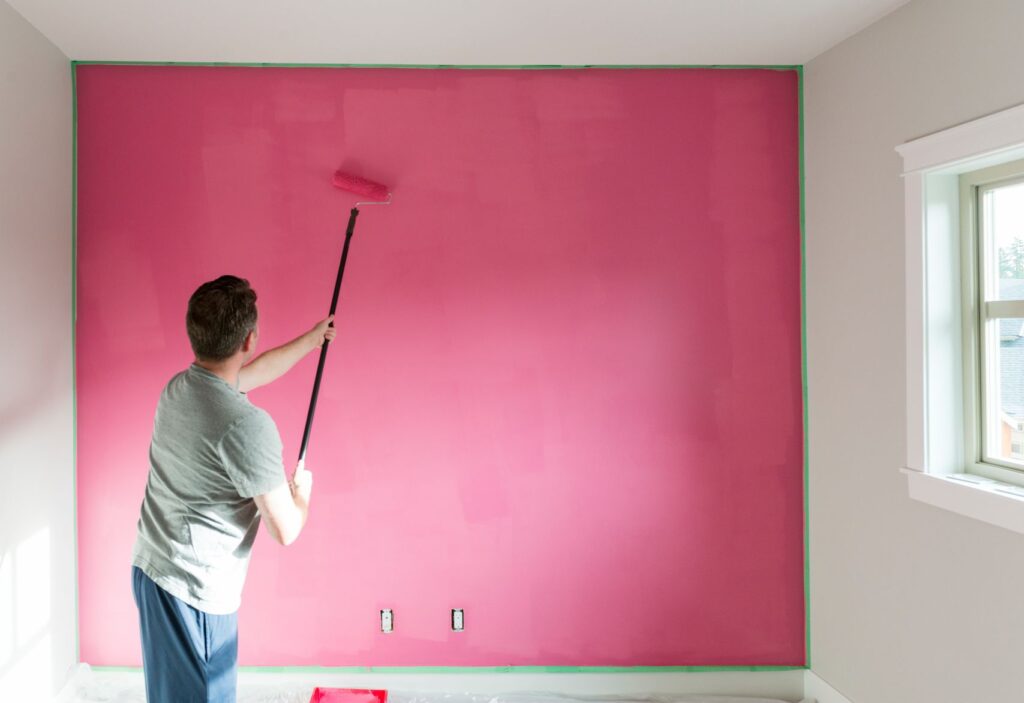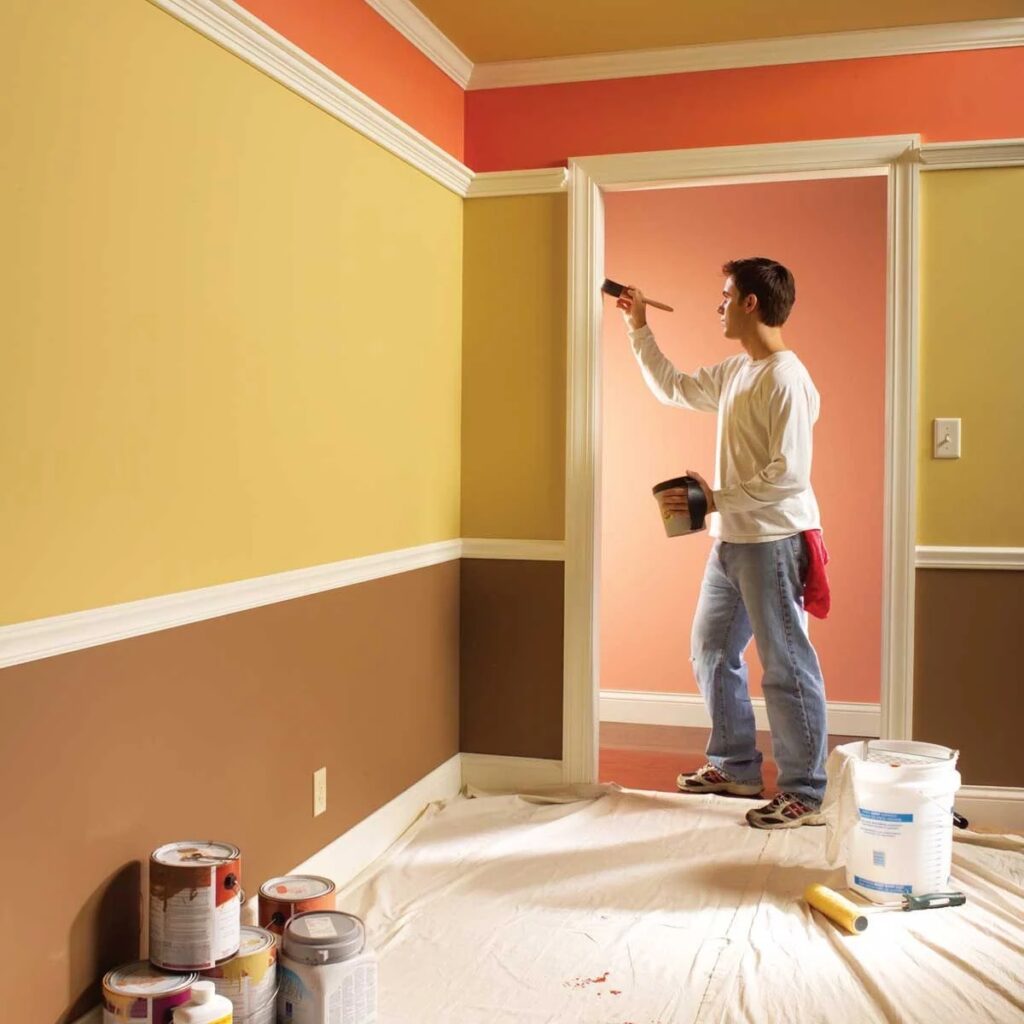
Some venues and rooms we find appealing, and others make us feel uncomfortable. Ever wondered why? Why do we find certain colors more likable than others? Because in interior design and architecture, 60% of our reaction to an object or space, has to do with its color.
Picking the perfect color is one of the most difficult assignments when we are redecorating. The right selection of the color for the walls will influence the overall feeling of the room. This is why selecting a suitable color must not be influenced by your current mood only, but has to be carefully combined with the color of the furniture inside the room you are redecorating, its purpose, and your preferences of course. Or vice versa, if you haven’t bought the furniture yet, be sure to combine it with the wall colors when you do.
The psychology of colors has a subtle, yet important influence. Because, wherever we go, we can’t help to react to colors. Their importance is sometimes underrated; however, it is still valid in our homes and working environment.
1. Pay attention to the lighting

The true color is visible during the daylight. When exposed to the artificial lighting, the bulb increases warm tones and yellow tones, while fluorescent lighting such as neon gives the room a sharp blue tone.
Therefore, a color too intense can be too much for the walls located near a large window. On the other hand, can be quite effective on a smaller wall, accentuated by indirect lighting.
2. Begin with the smaller spaces
In case you are not sure where to start with the color, experiment in smaller spaces such as a hallway or a bathroom. This implies to those who like to paint themselves, especially. Pick a room that is easy to paint, or easy to paint over in case you are not satisfied with the result. Have fun and look at this process as an adventure. To browse for popular colors and find inspiration, visit The Paint Shed.
3. Your mood is important

When you choose a color, think about the atmosphere you would like to achieve having inside. Would you like to feel relaxed, carefree in your bedroom, or dramatic and intimate? Light, cold and neutral colors usually give an atmosphere of calm, while intense colors are for achieving the dramatic atmosphere.
Should your dining room inspire people to socialize or will it seem formal and quiet? Warmer, contrast, and somewhat lighter colors will create a social atmosphere, while deep green or blue tones as well as neutral ones will seem more formal.
For the room your children are using, you would like to achieve an energy boost feeling or having an inspiration for an activity. Or something opposite, for it to have a calming effect and to look neat? Be careful about this because children can be overstimulated by colors of light tones. Maybe you didn’t know this, but some lighter colors can be the cause of irritation and unrest.
4. Learn the color terminology
To have more control of what if offered on the market, be familiar with the basic color terminology. This will help you also with understanding the terminology used in the color description. A tone or a shade is what we call the color. The red is a shade, blue is a shade. The value of a shade is in its lightness or darkness.
Saturation refers to a dominant shade. If we travel from red to purple, the red shade becomes less and less dominant. The intensity is the radiance of the color. Pure colors such as red are more intensive than combined colors, such as yellow-green combination. The more intensive color usually has a more dominant shade.
Consider introducing more intensive colors, if you wish to achieve a space more active. Even if you want a light-colored room, pick those colors that have already been saturated, instead of the white or light pastels. A color that is too light can overburden the eyes if the wrong surfaces are painted with it. In any case, two or more semi-light, but tightly connected pastel colors can creative and luminous effects when used in the same room.
5. Test your color choice

Give your self-confidence a boost by testing colors on larger spaces. Do not be afraid to go beyond your zone of comfort, think about bright, live colors and soft, deep, neutral shades, such as chocolate brown or olive green as the main or the color for the details. You might also add some drama to the area by painting the ceiling with some very bright color. This can add a dramatic look to the whole room.
6. Add some depth to the room
Transform the smooth, boring walls into interesting space with the help of subtle or dramatic visual textures and broken colors. Shiny mineral/metal colors and glaze pain in layers give the feeling of dept.
Some examples of lightly reflecting colors are copper, bronze, antique silver, and gold.
7. Walk into the next room

Treat the walls as “colored planes” and learn how they influence each other when they are in separate rooms. Apply this principle in the following way: You are in one room, but you will see a part of the next room through it. That’s why when choosing the color to think about how they will flow into each other from one room to another and create the full picture accordingly.
8. Play with single color schemes
Do you think that a single color is dull? You can create strong or subtle variations of a group of colors with contrast surfaces. For example, use closely connected colors or one color on different surfaces – for walls and wooden surfaces in a single space.
For an accent color, chose a warm (slightly reddish) or cold (slightly blueish) color to complete your main color group. For calmer ambient, be careful not to make your colors extremely light. White color can burden the eyes if you use it on woodwork in a single-color group.
Following these tricks and picking the perfect interior paint color, you can surely achieve the ambient you want to have in your home.














